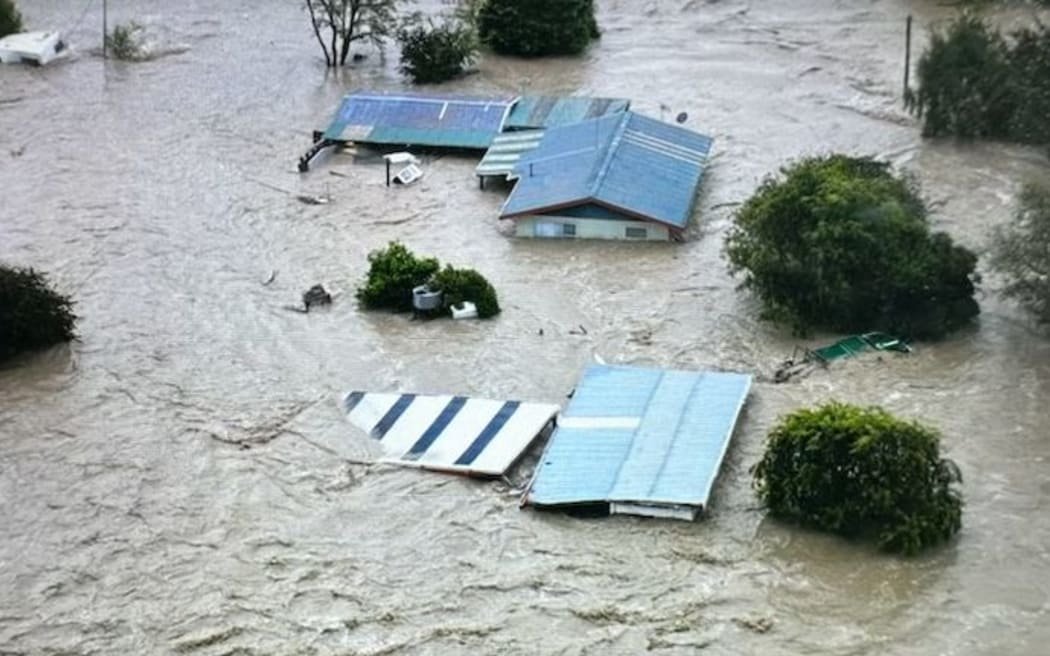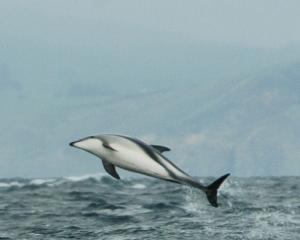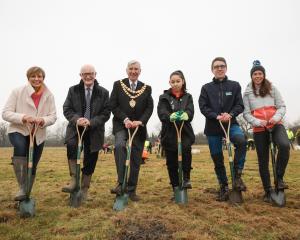
In climate change speak this is referred to as "transition risk", which refers to the risks that a company, city or nation may face if they are not transitioning to low-carbon. The Reserve Bank lists these risks as being policy, legal, technological, market and reputational risks and gives the example of insurance risk, e.g., higher premiums and loss of access to insurance.
These types of risks are contrasted with physical risks, the impacts we will experience — such as cyclones, flooding, drought, sea-level rise and increased extreme weather events. To reduce risk both mitigation, or decarbonisation, and adaptation, i.e., change, will be necessary.
However, the key question is, how do we know what level of mitigation/decarbonisation we need to reduce risk?
Climate change targets are science-based and can be calculated against a carbon budget. Plucking a number out of the air or deciding to base New Zealand’s emission cuts on those of our biggest trading partners would show little integrity globally. Carbon budgets are measured according to the amount of temperature rise that the earth will experience. If we wish to limit warming to 1.5degC then we have a certain emission target and budget. These are science-based and should remain so and not become politically palatable targets.
Decarbonising involves the development of new systems that we need to adapt to — our businesses will have to change, communities will be impacted and how ecosystems operate will be different. To reduce the impact of the transition and the physical risks it is advised that we act now to decarbonise. To understand the options for decarbonising and risk the UN environment programme has produced a report called Decarbonisation and Disruption: Understanding the financial risks of a disorderly transition using climate scenarios. This report outlines four scenarios for the future. These can be found as the basis of several New Zealand-based company scenarios in their climate risk disclosures. This means that companies across the motu are already using these scenarios as a base to think about climate risk and how they will respond. These companies are already calculating risk and adapting business strategies as a result.
The first scenario is the business-as-usual or hot house scenario. It outlines a future world that continues to increase GHG emissions and feels the full impacts of a warming world in which an increase in climate events causes large-scale disruption and economic, social and environmental costs. Climate targets are not met.

Then there is a scenario called "disorderly decarbonisation" and, like the name suggests, this scenario sees a situation where a transition is unmanaged, uncomfortable, unjust and expensive. This is because decarbonisation is left until 2030 and then due to the increasing impacts of climate change, rapid decarbonisation is needed to limit global warming. The disorderly aspects occur because sectors rush to decarbonise and rapid change in society is immensely disruptive. Eventually, climate goals are met but there’s a considerable societal and financial cost.
Therefore, leaving mitigation until 2030, whether that is through a lack of funding or a lack of political will for change will result in either a rapid disorderly decarbonisation process, disorder due to a slow transition or disorder due to a lack of decarbonisation and experiencing the chaos of physical climate change impacts.
The final scenario seems preferable, that of orderly decarbonisation. This scenario depicts a transition that is planned, organised and measured and thus reduces carbon to levels that create a safe operating space for society. Orderly scenarios assume climate policies are introduced early and become gradually more stringent. Climate targets are met and while the investment at the time seems considerable the long-term costs for tax and ratepayers in comparison with the other scenarios will be less.
This type of transition is necessary to reduce the risk and burden in the coming 20 years and more.
The level of climate transition risk is a decision that each institution (individual, company, farm, city, nation) needs to consciously decide and feel comfortable with. Recently the Dunedin City Council voted for an orderly approach by adopting a 2030 net zero plan with a high level of investment. This creates a plan for our city that defines the direction and reduces the risks to our city as a result of climate change. Ka pai!
Sara Walton is a Professor of Sustainability and Business at the Otago Business School, University of Otago. Each week in this column, one of a panel of writers addresses issues of sustainability.












